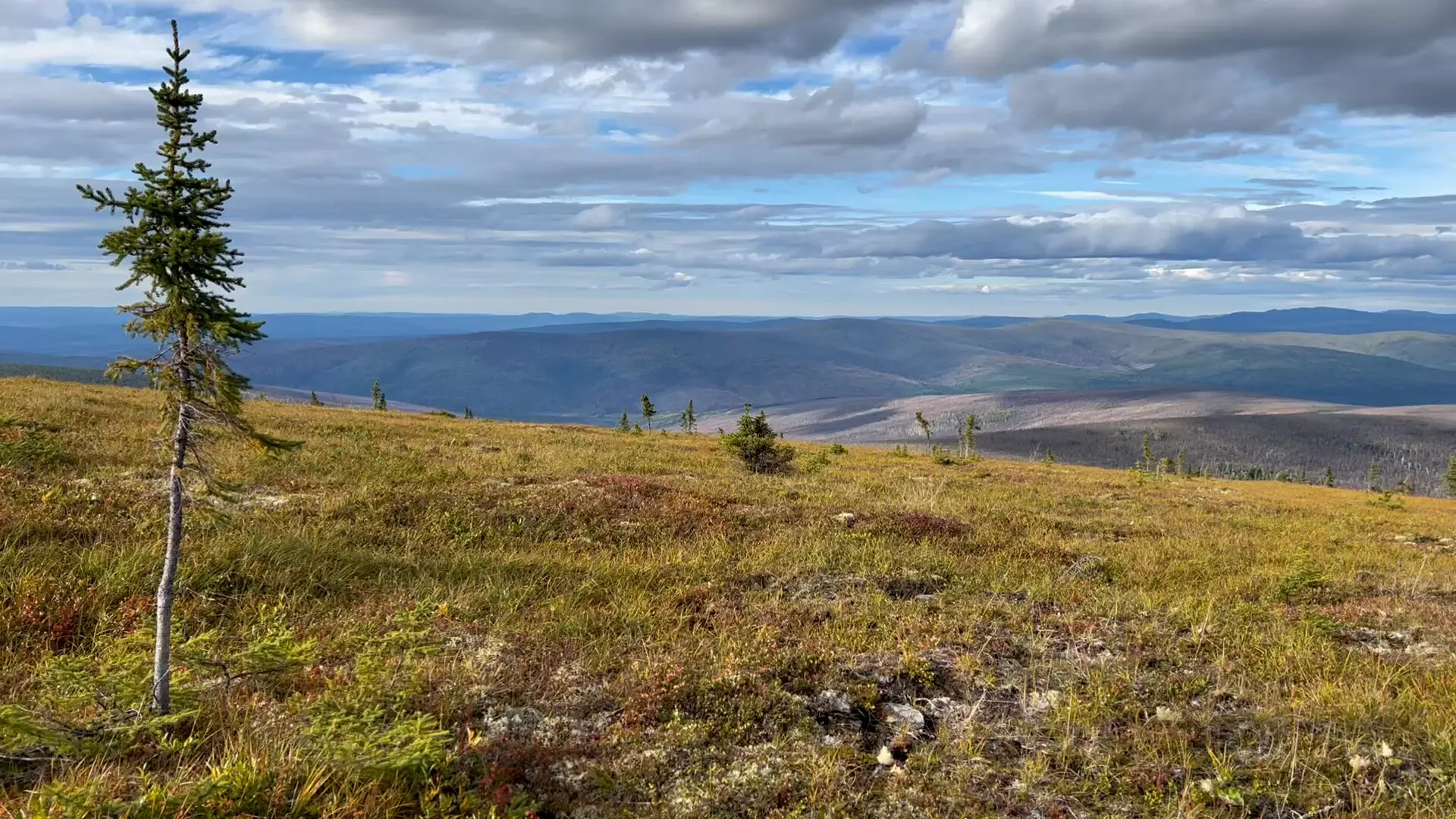The far northern regions of our planet, characterized by their unique vegetation and climate, are witnessing profound transformations due to the warming global climate. This is especially evident in the ecosystems that comprise the boreal forests and tundra. Research from NASA indicates that these changes are not isolated projections; they are ongoing and will likely persist well into the future, possibly until the end of this century. The implications of these transformations are far-reaching and involve vital processes such as carbon dioxide absorption and the thawing of permafrost, both of which have significant repercussions for our planet’s climate system.
At the forefront of this research are satellites like NASA’s Ice, Cloud, and land Elevation Satellite 2 (ICESat-2) and the Landsat missions, which have provided millions of data points on vegetation changes. These satellites give researchers a powerful tool to monitor shifts in forest structure across vast areas covered by the boreal forests of Alaska, Canada, Scandinavia, and Russia. Collectively, they allow for nuanced climate forecasting and modeling by tracking the changes that have occurred since 1984, which is crucial for predicting future outcomes as climate conditions continue to evolve.
From Tundra to Forest: The Vegetation Shift
Historically, the boundary between tundra and boreal forests has been a point of contention. However, the new studies indicate an undeniable encroachment of boreal tree species into tundra regions. These areas, which were once dominated by shrubs, mosses, and grasses due to their harsh conditions, are beginning to support more abundant vegetation. As researchers examine trends, it becomes evident that the combination of warming temperatures and extended growing seasons is allowing for the evolution of these landscapes in ways that were previously thought impossible. Over the next few decades, we can expect to see an evolution in both the type and density of vegetation, suggesting a future where the Arctic ecosystem might look quite different.
The research also sheds light on critical carbon dynamics within these changing ecosystems. An increase in tree and shrub populations means a higher capacity for carbon dioxide absorption through photosynthesis. This is a double-edged sword; while increased vegetation could potentially mitigate some effects of rising atmospheric CO2 levels, it may also lead to startling consequences. The phenomenon of permafrost thaw—exacerbated by changes in vegetation structure—poses a significant risk as it could release century-old carbon stores back into the atmosphere.
As more organic matter decomposes and more sunlight is absorbed by darker vegetation, the risk of carbon dioxide and methane emissions increases. The interplay between increased plant growth and permafrost thawing illustrates the complex feedback loops present in our climate systems, further complicating our understanding of climate change impacts.
Advanced Modeling Techniques
The study employs advanced technologies and methodologies, including machine learning and big data projects, to analyze nearly 20 million data points gathered from various sources. The use of lidar technology aboard ICESat-2 allows for precise measurements of vegetation heights and structures in previously inaccessible territories. By incorporating this data into climate models, scientists are able to simulate multiple future scenarios accounting for fluctuations in temperature and precipitation along with the ultimate trajectory of forest structures in the face of ongoing climate change.
The Bigger Picture: Considerations for the Future
As we push toward understanding the ramifications of these ecological changes, it is crucial to recognize the interconnectedness of various natural systems and the cascading effects that can arise from the warming climate. The northern forests are not merely isolated ecosystems; they play an integral role in the global climate system. The ongoing studies serve as an urgent call for increased attention to these changes, urging policymakers to consider the dynamism of climates and forests in their decision-making processes.
The implications of shifting vegetation patterns in the Arctic and subarctic regions extend beyond local ecosystems. They challenge our existing climate models and underscore the necessity for innovative solutions to tackle these climate-related challenges head-on. Without a collective understanding and immediate action, the trajectory may lead to further destabilization, not just of local environments but of the global climate as well. The Arctic may soon boast a very different landscape, characterized by its transformed forests, reflecting not just the beauty of nature but also the stark realities of climate change.


Leave a Reply